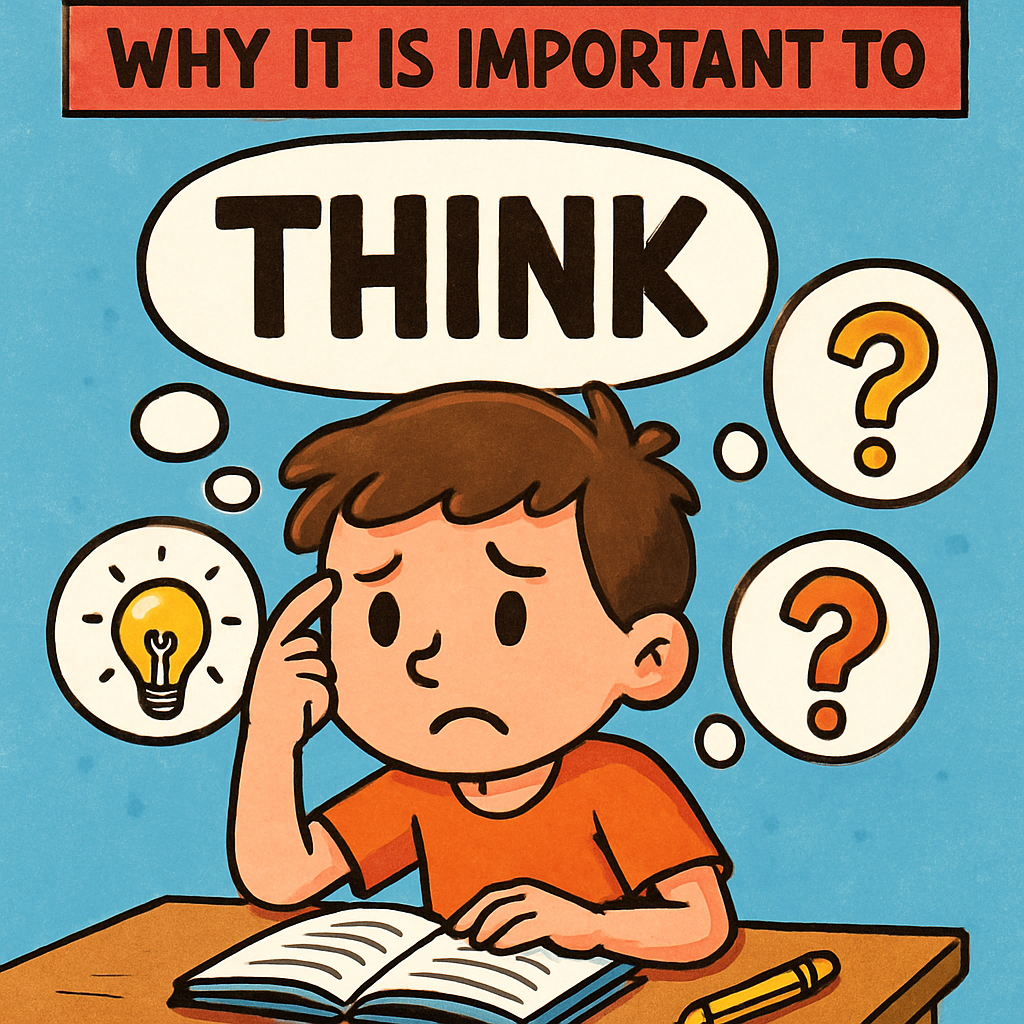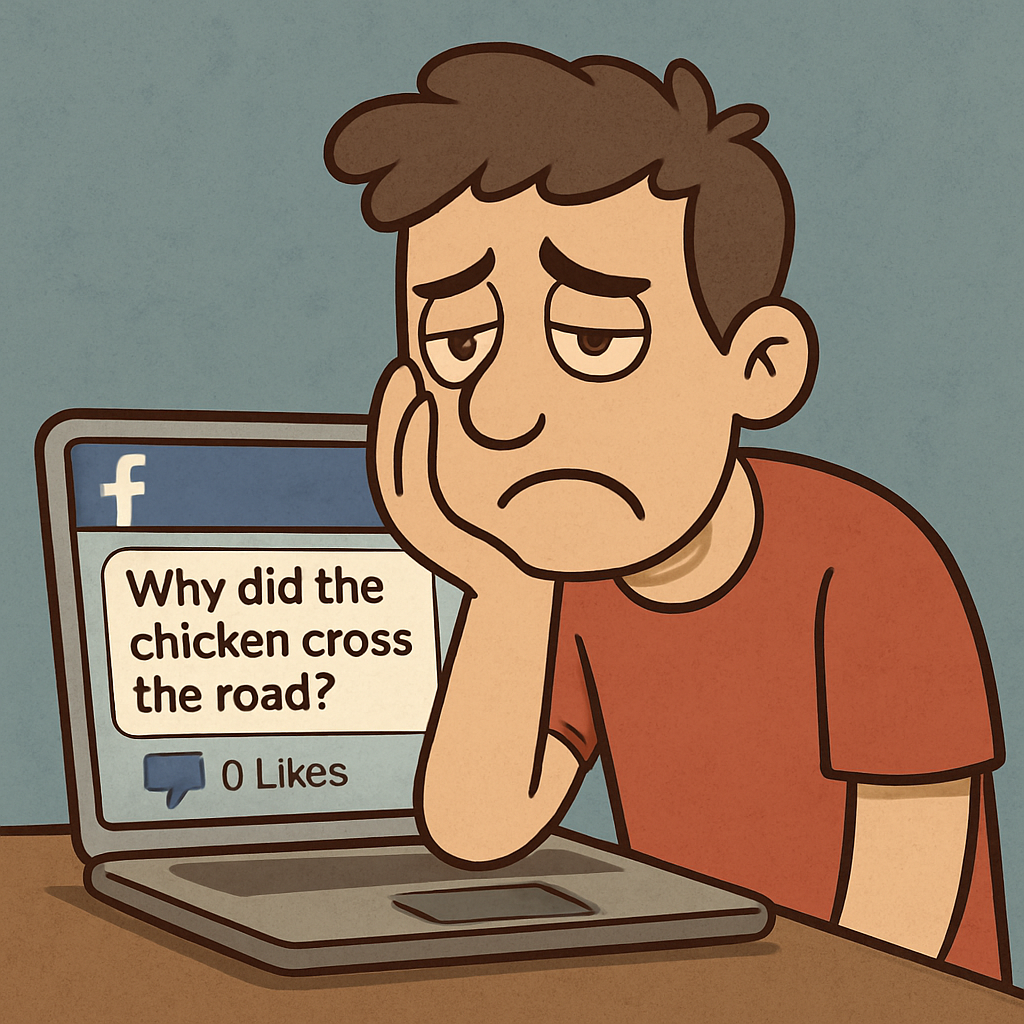 In this lesson, you will explore the significance of exercising caution and thoughtfulness prior to sharing any content online. This essential skill is vital for safeguarding your digital footprint and upholding a positive online reputation.
In this lesson, you will explore the significance of exercising caution and thoughtfulness prior to sharing any content online. This essential skill is vital for safeguarding your digital footprint and upholding a positive online reputation.
Consider how frequently you engage with social media or online platforms. Every post, comment, or share contributes to your digital presence, which can endure indefinitely. By the conclusion of this lesson, you will comprehend why it is imperative to pause and reflect before posting, and you will acquire practical strategies to make informed decisions.
In this lesson, we will cover:
 Why is it Important to Think Before You Post?
Why is it Important to Think Before You Post?It is crucial to exercise caution and reflect before sharing any content online, as the digital realm operates in a manner that is both permanent and far-reaching. Once information is posted, it becomes challenging to retract or manage its visibility, potentially leading to enduring repercussions on your digital footprint and online reputation.
Your digital footprint encompasses the trail of data you leave behind through your online activities, which can influence how others perceive you. A thoughtless post may result in unintended consequences, such as misunderstandings or harm to relationships. By adopting a cautious and thoughtful approach, you can mitigate these risks and foster a positive online presence that reflects well on you in the long term.
 Examples of Negative Consequences
Examples of Negative ConsequencesIt is essential to understand the potential negative outcomes that may arise from posting online without careful consideration. Below, we outline several key examples, each illustrating how impulsive sharing can lead to significant and lasting issues. These examples highlight the importance of pausing to reflect before posting.
Step 1: Think of a time when you or someone you know posted something online without thinking, and it led to a negative consequence. If you can't think of a real example, imagine one based on the examples above.
Step 2: Write 2-3 bullet points describing what went wrong and what could have been done differently. For example:
- Posted a joke photo that hurt a friend's feelings.
- It caused an argument.
- Could have asked permission first.
Step 3: Jot down one key lesson, such as 'Posts can affect relationships.'
 Tips for Thinking Before You Post
Tips for Thinking Before You PostTo ensure that you make responsible and considered decisions when sharing content online, it is advisable to follow a structured approach. Below, we outline several key tips designed to guide your thought process prior to posting. These strategies will help you safeguard your digital footprint and promote positive interactions in the online environment.
Practise these tips with your own ideas. Follow these steps:
Step 1: Think of something to post online, like a photo or comment. Example: a funny story about a friend.
Step 2: Check each tip. Use T.H.I.N.K., think about impact on others, wide reach, and pause to reflect.
Step 3: Write 2-3 bullet points on your decision. Example:
- About a funny story.
- Fits T.H.I.N.K. but might hurt feelings.
- Change to be kinder.
 Practising the T.H.I.N.K. Framework
Practising the T.H.I.N.K. FrameworkIn this step, you will apply the T.H.I.N.K. framework to hypothetical scenarios. This exercise will help you develop the habit of evaluating content before posting it online. By practising these steps, you will become more adept at making thoughtful decisions that protect your digital footprint and promote positive online interactions.
Consider the following scenario: You are about to post a comment on a friend's social media photo, saying, 'That outfit looks ridiculous! You should never wear that again.'
Now, evaluate this potential post using the T.H.I.N.K. framework. Ask yourself each question in turn:
If the answer to any of these questions is 'no', it is advisable to reconsider posting. For this example, the post does not align well with the framework, so you might choose to rephrase it positively or refrain from commenting.